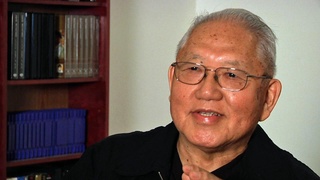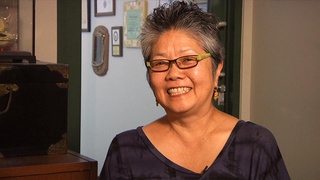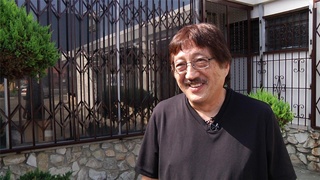Interviews
Ethnic diversity
Before the war broke out, we lived in a part of Chinatown. And there, there were a lot of tenement houses—so one room houses. And they were occupied by Chinese chefs--people who work in Chinese restaurants are in the neighborhood there. And so, they were all elderly people. And there was only one Japanese family that was very close to us. And so we got be very close with...and they had one daughter, who was my age; one son who was eight, my brother’s age. And so we spent a lot of time together when we were home in that neighborhood.
But when we went off to school, we went to school with...I went to Japanese school, and when I went to Japanese school, there were mostly Japanese people there. But, public schools that I went to, we ran around with people of all different backgrounds. I love baseball. I played baseball with Chinese boys, with Portuguese boys; there was one Filipino boy who played with us also. So we were...we had a mixture of people who we played with.
Date: December 15, 2003
Location: Hawai`i, US
Interviewer: Art Hansen
Contributed by: Watase Media Arts Center, Japanese American National Museum.
Explore More Videos


Japanese in Minot
(1928 - 2008) Drafted into both the Japanese Imperial Army and the U.S. Army.
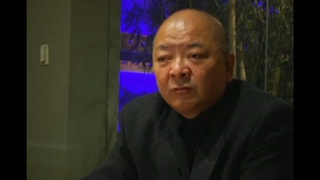
Integrating As First-Generation Japanese-Peruvian (Japanese)
(b. 1962) Japanese restaurant owner and chef in Peru
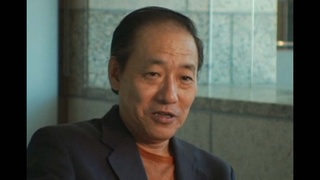
The Nikkei community that didn't support Former President Fujimori's election (Japanese)
(b. 1948) Executive Director of Amano Museum

The differences in attitude of pre-war and post war in terms of the President Fujimori presidency (Japanese)
(b. 1948) Executive Director of Amano Museum
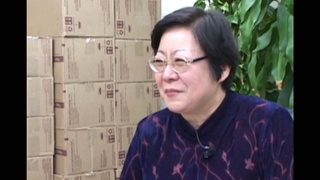
How I became a volunteer at the International Association of Yamato (Spanish)
Japanese Peruvian in Japan
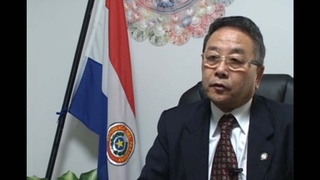

Several ways to participate and integrate into Japanese society (Spanish)
Japanese Peruvian in Japan

On Justice Todd’s Involvement with the Japanese American Cultural and Community Center
(b. 1942) The first Asian American woman judge
